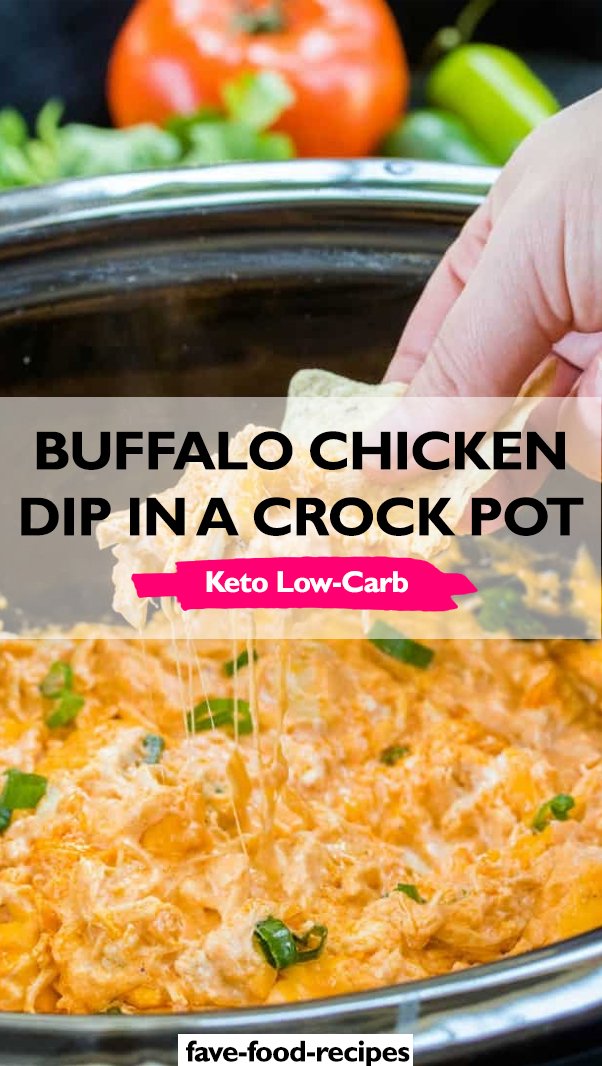It's hot, there is beer in the cooler and you are preparing to throw steaks on the grill. Before seasoning this London Broil, you give the cut of meat a fresh bath in the sink. But one of your friends sees you and gnashes on your teeth. "I'm just trying to get all the germs out of it," you say. "It's safer this way." Drops of pink water fly from the steak, down the sink and onto your counter. But you don't mind. You put the raw meat on a plate and you go outside, never looking at the surfaces splashed in raw beef water. Did this ritual rinse really make the meat safer to eat? Or have you just created a day spa for germs inducing vomiting and droppings?
What is the protocol for preparing the meat before cooking it?
What is the protocol for preparing the meat before cooking it?
 |
| 7 Tips for Cleaning Fruits and Vegetables |
Your raw meat should go from the package to the grill and miss the sink completely. According to the Center for Disease Control, you should not wash raw meat or poultry before cooking, as they can spread bacteria on surfaces (such as the kitchen worktop), utensils, and other foods in around. If you're wondering if the CDC is just paranoid, know that the USDA agrees.
This cross-contamination can lead to the risk of foodborne illness, says Daniel Green, assistant director of clinical microbiology at the New York-Presbyterian / Columbia University Medical Center. Poultry can carry salmonella and beef can have E. coli, and when these droplets of gravy arrive on your counter, you are creating fertile ground for potential food poisoning. Symptoms include abdominal pain, fever, and vomiting, and may take 24 to 48 hours to incubate, he adds.
So I don't really wash germs when I rinse my meat?
The bacteria on the surface of the meat are tightly organized, so washing it does almost nothing to help. “Washing is also not a very effective way of removing bacteria from meat. Many bacteria can adhere tightly to meat, so even if you wash it, you don't effectively remove it, ”says Green. "If anything, you just scatter them on other surfaces."
When you wash your meat, you also form droplets that can be found at distances from where the meat was originally washed, so that you effectively spread bacteria around your sink, on your countertop, what other foods certainly promote the aforementioned cross-contamination, says Green.
Washing your meat before cooking puts you - and anyone at the party touching contaminated surfaces, and then your face - at risk of foodborne illness. This bacteria comes from bacteria deep in the meat that are transferred from the butcher's knife and hands to the surface when it is prepared for sale. A person who is not a meat inspector usually cannot tell when a piece of meat is infected with something like E. coli simply by looking at it or smelling it, which is why the cooking / destroying part of the bacteria can decrease or eliminate the risk.
Uh, ok, but I've been rinsing meat all this time and I'm fine. How can I really get sick by rinsing the meat?
Well, think of it like this: Even if you are perfectly healthy, you increase your risk of fairly aggressive food poisoning by rinsing the meat and possibly putting its juice on other surfaces and food on your counter. If your immune system is compromised and you are exposed to this bacteria, you can get a potentially fatal infection. While you are more likely to suffer from diarrhea and abdominal symptoms of a foodborne illness, a more dangerous infection is possible: the CDC estimates that 48 million people fall ill each year due to an illness caused by foodborne illness. Foodborne, 128,000 are hospitalized and 3,000 die.
"Most people who have a healthy immune system tend to have self-limited gastroenteritis [an intestinal infection]," says Green. "[But for those] who are taking certain immunosuppressive drugs or are more likely to have a life-threatening infection." So close the beef baths and opt to cook the meat at the recommended temperatures depending on the type of meat you are preparing.
When you wash your meat, you also form droplets that can be found at distances from where the meat was originally washed, so that you effectively spread bacteria around your sink, on your countertop, what other foods certainly promote the aforementioned cross-contamination, says Green.
Washing your meat before cooking puts you - and anyone at the party touching contaminated surfaces, and then your face - at risk of foodborne illness. This bacteria comes from bacteria deep in the meat that are transferred from the butcher's knife and hands to the surface when it is prepared for sale. A person who is not a meat inspector usually cannot tell when a piece of meat is infected with something like E. coli simply by looking at it or smelling it, which is why the cooking / destroying part of the bacteria can decrease or eliminate the risk.
Uh, ok, but I've been rinsing meat all this time and I'm fine. How can I really get sick by rinsing the meat?
Well, think of it like this: Even if you are perfectly healthy, you increase your risk of fairly aggressive food poisoning by rinsing the meat and possibly putting its juice on other surfaces and food on your counter. If your immune system is compromised and you are exposed to this bacteria, you can get a potentially fatal infection. While you are more likely to suffer from diarrhea and abdominal symptoms of a foodborne illness, a more dangerous infection is possible: the CDC estimates that 48 million people fall ill each year due to an illness caused by foodborne illness. Foodborne, 128,000 are hospitalized and 3,000 die.
"Most people who have a healthy immune system tend to have self-limited gastroenteritis [an intestinal infection]," says Green. "[But for those] who are taking certain immunosuppressive drugs or are more likely to have a life-threatening infection." So close the beef baths and opt to cook the meat at the recommended temperatures depending on the type of meat you are preparing.
Does this apply to all meats?
The CDC recommends 145 degrees for whole beef (not ground), veal, lamb, fresh pork, ham and even finfish. After your meat is cooked, you should let it sit for three minutes before cutting it. Poultry, like ground chicken and ground turkey, is ready to eat at 165 degrees.
Although recommendations are available online on washing fish, most are culinary rather than safety-based. The most effective way to eliminate certain fish-related diseases and parasites is to cook them at the right temperature. "Maybe if you are on a boat or something and you clean and gut the fish, it makes sense to wash it there, but again in your kitchen, the fish has already been cleaned if you have dealing with a net, "says Green. The FDA recommends cleaning the cutting boards and all other surfaces thoroughly when processing the fish, but not washing the fish itself. If you smell this kind of smell, in raw or cooked seafood, don't eat it.
The CDC recommends 145 degrees for whole beef (not ground), veal, lamb, fresh pork, ham and even finfish. After your meat is cooked, you should let it sit for three minutes before cutting it. Poultry, like ground chicken and ground turkey, is ready to eat at 165 degrees.
Although recommendations are available online on washing fish, most are culinary rather than safety-based. The most effective way to eliminate certain fish-related diseases and parasites is to cook them at the right temperature. "Maybe if you are on a boat or something and you clean and gut the fish, it makes sense to wash it there, but again in your kitchen, the fish has already been cleaned if you have dealing with a net, "says Green. The FDA recommends cleaning the cutting boards and all other surfaces thoroughly when processing the fish, but not washing the fish itself. If you smell this kind of smell, in raw or cooked seafood, don't eat it.





